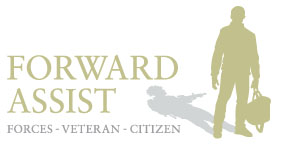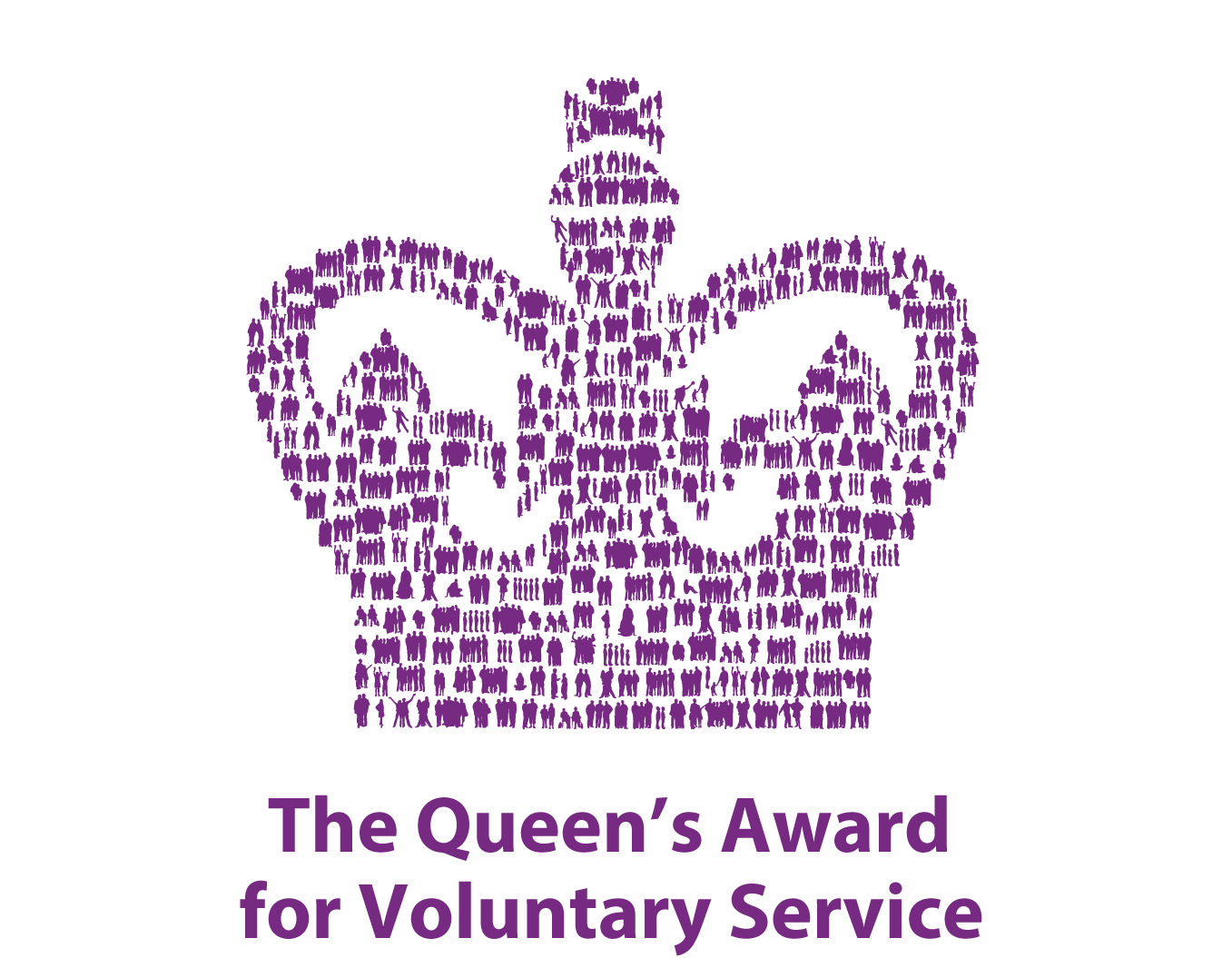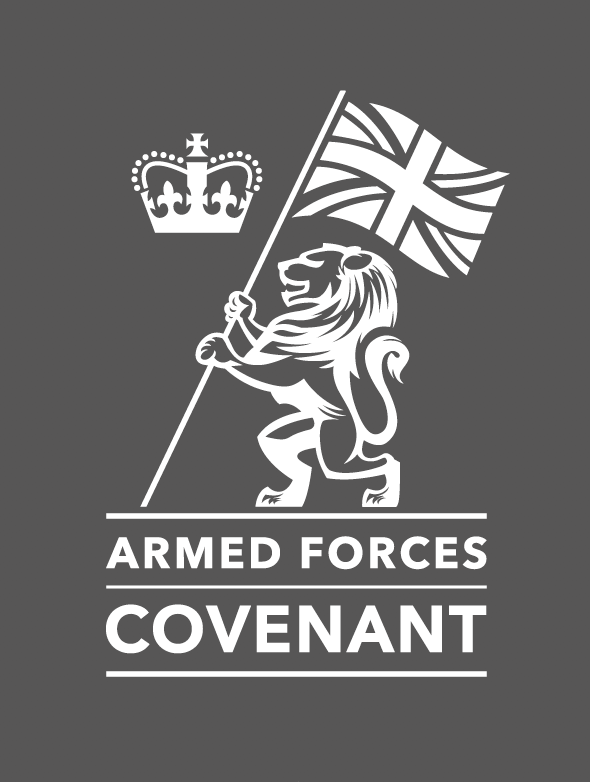Adopting a Shades of Bias Approach: Addressing Disadvantage and Discrimination in UK Military Sexual Trauma Veterans
/Military Sexual Trauma (MST) remains one of the most complex and under-acknowledged forms of trauma within the UK Armed Forces community. While public and institutional awareness around sexual violence in military settings has increased in recent years, a significant gap persists in the recognition, treatment, and support of veterans who have experienced MST, particularly when it comes to male survivors, LGBTQ+ personnel, and individuals from diverse ethnic, cultural, or socioeconomic backgrounds. At the heart of this challenge lies a web of visible and invisible biases that operate at multiple levels: individual, institutional, cultural, and systemic. To effectively dismantle these barriers, a nuanced framework is needed, one that recognises how bias manifests in both overt and subtle ways, and how it intersects with trauma, identity, and structural power. The Shades of Bias approach offers such a framework, and its adoption across the UK defence and veteran care systems could play a transformative role in helping MST survivors overcome the disadvantage and discrimination they too often face.
The Shades of Bias model encourages practitioners, policymakers, and institutions to move beyond binary understandings of bias, such as overt prejudice versus neutrality and to recognise that bias exists on a spectrum. Bias can be intentional or unintentional, conscious or unconscious, individual or institutional, and it can take many forms: from stereotyping and microaggressions to systemic neglect and procedural discrimination and for MST survivors, particularly those whose experiences do not conform to dominant narratives about victimhood, such biases can become compounded and entrenched. For example, a male veteran who was sexually assaulted by another man during service may face disbelief from peers, minimisation from leadership, and invisibility within support services that are implicitly designed around female survivors. These layers of bias, personal, cultural, institutional; interact to shape that veteran’s experience of trauma, disclosure, recovery, and identity. The Shades of Bias model offers a structured lens through which these dynamics can be identified, understood, and ultimately addressed.
In the context of UK military and veteran services, the adoption of the Shades of Bias model can first and foremost help challenge entrenched cultural norms around masculinity, silence, and resilience because within the Armed Forces, there is a longstanding emphasis on toughness, self-sacrifice, and emotional control, qualities that, while important for operational effectiveness, can also suppress vulnerability and discourage help-seeking. MST survivors often internalise these norms, leading to feelings of shame, self-blame, and isolation. A male survivor may not even recognise his experience as assault, or may feel that admitting to victimisation undermines his identity as a soldier or a man. The Shades of Bias approach enables professionals to interrogate their own assumptions about gender and trauma, and to create safer spaces for veterans to explore their experiences without fear of judgement or emasculation. Rather than viewing male survivors through the lens of “rare exceptions,” the model encourages practitioners to anticipate a diversity of survivor experiences and to treat silence not as absence, but as a signal of hidden harm.
Furthermore, the model prompts institutions to examine how policies, procedures, and systems may unintentionally reinforce disadvantage. Structural bias is often the most difficult to identify because it is embedded in seemingly neutral processes. For example, many military and NHS mental health assessments do not routinely ask about MST, and those that do may use gendered language or limit their definitions of sexual trauma. As a result, survivors who do not fit the expected profile, such as heterosexual men or older veterans, are less likely to be identified and supported. Additionally, discharge processes often fail to capture the long-term impact of MST, meaning that veterans may leave service without a proper diagnosis or referral for care. The Shades of Bias framework helps institutions to critically evaluate such practices and to redesign them with equity in mind. It recognises that “equal treatment” does not always result in equitable outcomes, and that proactive efforts are required to include those who have been marginalised or overlooked.
Another powerful aspect of the Shades of Bias approach is its emphasis on intersectionality. Veterans are not a homogenous group, and their experiences of MST and the responses they receive, are shaped by multiple, intersecting identities. A Black gay veteran who experienced sexual harassment in the ranks may encounter racial stereotyping, homophobia, and victim-blaming in ways that differ from those experienced by a white heterosexual female officer. Similarly, a trans veteran may be misgendered or denied appropriate care due to outdated assumptions within healthcare settings. The model supports a holistic understanding of how such biases intersect and compound, making it possible to tailor interventions to the unique needs of each survivor. By doing so, the approach not only affirms the dignity and agency of veterans from all backgrounds but also promotes cultural competence within services that have often defaulted to a narrow conception of who “counts” as a victim.
In practical terms, adopting the Shades of Bias model would involve changes at multiple levels within the UK military and veteran care systems. At the individual level, clinicians, welfare officers, and support staff would be trained to recognise and address their own implicit biases. This would include developing awareness of how unconscious attitudes around gender, race, sexuality, and class may shape their interactions with MST survivors. For example, a mental health professional may need to reflect on whether they are more likely to take female disclosures seriously than male ones, or whether they unconsciously pathologise survivors from ethnic minority backgrounds. Such training would not be a one-off exercise but an ongoing process of reflection and accountability, embedded within supervision, team discussions, and service evaluation.
At the service level, organisations would need to assess how their structures and practices may disadvantage certain groups of MST survivors. This might involve revising intake procedures to include gender-neutral language, developing dedicated MST pathways for men, or ensuring that referral networks include services that specialise in LGBTQ+ or culturally specific trauma care. Services would also need to ensure that veterans have access to trauma-informed, survivor-led peer support groups, which can be crucial for reducing isolation and building trust. Importantly, these services must be promoted in ways that reach those who are least likely to seek help, including through targeted outreach and collaborations with grassroots veteran organisations.
At the policy level, the Shades of Bias model calls for a comprehensive review of how MST is defined, tracked, and reported within the Armed Forces and the NHS. Currently, there is a significant lack of data on MST prevalence among UK veterans, particularly among men and gender-diverse individuals. This data gap not only limits the ability of policymakers to allocate resources effectively but also contributes to the invisibility of certain survivor groups. The adoption of a bias-informed approach would support the development of inclusive data collection methods that reflect the full diversity of MST experiences. It would also inform reforms to reporting mechanisms, making it easier for survivors to disclose without fear of reprisal or disbelief. This could include anonymous reporting options, independent investigation bodies, and clear protections against retaliation.
Crucially, the Shades of Bias model also promotes survivor agency. Rather than positioning veterans as passive recipients of care, it views them as experts in their own experiences, whose insights should shape the services designed to support them. Involving survivors in service design, evaluation, and governance not only improves the relevance and effectiveness of interventions but also helps to counter the disempowerment that often follows sexual trauma. For many MST survivors, particularly those who felt silenced or betrayed during their service, having their voice heard and validated can be a profoundly healing experience. A bias-informed approach creates the conditions for such participation by recognising and dismantling the power imbalances that have historically excluded them.
Finally, the broader societal impact of adopting a Shades of Bias approach should not be underestimated. When military and veteran institutions take an active role in addressing bias and discrimination, they set a powerful example for other sectors. The Armed Forces are not only employers and healthcare providers; they are cultural institutions that shape national narratives about service, sacrifice, and identity. By openly acknowledging the reality of MST and committing to inclusive, bias-aware responses, the UK military can help to challenge stigma and shift public attitudes. This cultural shift is essential not only for current and future service members but also for the many veterans who continue to suffer in silence, years or even decades after their trauma occurred.
In conclusion, the adoption of the Shades of Bias model within UK military and veteran care systems represents a critical step toward justice, healing, and equity for MST survivors. By illuminating the complex ways in which bias operates, the model provides a roadmap for identifying and addressing the hidden barriers that prevent many veterans from receiving the care and recognition they deserve. It offers a means of making visible what has long been ignored, and of transforming institutional practices in ways that affirm the dignity of every individual who has served. MST is not just a personal wound; it is a systemic failure. Addressing it requires not only compassion but also a deep commitment to confronting the biases, both seen and unseen, that allow such harm to persist. Through the Shades of Bias approach, the UK can begin to honour that commitment and ensure that no survivor is left behind.
Fictional Case Study: “Corporal James Carter” A Male Survivor of Military Sexual Trauma
1. Snapshot
Name: Corporal James Carter
Age: 34
Branch of Service: British Army – Royal Engineers
Years of Service: 12
Identity Factors: White British, heterosexual, working-class background, atheist
Presenting Issue: Alcohol misuse, emotional numbing, panic attacks, difficulty maintaining relationships
2. History
James joined the British Army at 18 from a small town in the North of England. He found camaraderie and structure in the military, excelling in technical operations. At age 28, while stationed in Cyprus, James was sexually assaulted by a senior NCO after a night out. The assault occurred in a shared barracks room.
James initially brushed it off as "a drunken mistake" but later experienced shame, nightmares, and sexual dysfunction. He told no one. Attempts to speak out two years later were dismissed with remarks such as “Don’t be soft” and “You sure you didn’t want it?” by his chain of command.
His alcohol use escalated, and his performance declined. At age 32, he was medically discharged for mental health reasons without a clear MST diagnosis.
3. Acknowledging Identity
As a working-class white British male, James was deeply embedded in a culture that emphasised toughness, silence, and "banter." Expressions of vulnerability were stigmatised both in his military unit and in his community. The intersection of masculinity norms, class identity, and military culture created an environment where seeking help felt like a betrayal of identity.
4. Dynamics of Bias – Shades of Bias Analysis
Explicit Bias
Peers and supervisors made homophobic jokes regularly, reinforcing the belief that male survivors were weak or complicit.
When James informally disclosed to a superior, he was told, “Real men don’t get raped.”
Implicit Bias
Health professionals repeatedly framed his PTSD symptoms through the lens of combat trauma, ignoring sexual trauma.
A male nurse assumed James was gay when he hinted at sexual violence, reinforcing his reluctance to be open.
Structural Bias
Lack of gender-neutral MST screening protocols in the British military and NHS pathways.
No targeted male survivor services within his garrison or post-discharge veteran support.
Discharge paperwork made no mention of sexual trauma, leading to gaps in support and benefits.
5. Engagement & Support
James was eventually referred to Forward Assist and this led to a reassessment of his PTSD diagnosis to military sexual trauma-related PTSD.
Key interventions included:
Trauma-informed therapy using EMDR (Eye Movement Desensitisation and Reprocessing)
Male MST survivor peer support group
Veteran-specific case worker trained in MST sensitivity
Alcohol recovery support through a specialist charity.
Providers focused on rebuilding trust, using nonjudgmental language, and validating the unique stigma faced by male survivors.
6. Self-Reflection (Provider Lens)
Do I hold assumptions about male sexual trauma being rare or less serious?
Am I defaulting to combat-related explanations when hearing about trauma symptoms in male veterans?
How do I ensure I am not reinforcing harmful masculinity norms in subtle ways (e.g., language like “strong” or “resilient”)?
7. Action & Advocacy
Partnered with a local military charity to create a pilot programme for male MST survivors.
Advocated for inclusion of MST screening in routine NHS veteran health checks.
Campaigned for the MOD to update safeguarding training to include male sexual trauma awareness.
Provided training to academics on the gendered impacts of trauma disclosure and Moral Injury.
Conclusion
James’s case highlights the deep cultural, institutional, and identity-based barriers male MST survivors face in the UK. Through the Shades of Bias model, practitioners are able to unpack the overlapping layers of silence, stigma, and systemic neglect, creating space for informed care and structural change. His healing journey demonstrates the power of affirmative, trauma-informed, and bias-aware support, particularly when gender expectations obscure recognition of harm.
Tony Wright Registered Social Worker, CEO Forward Assist
Shades of Bias was co-developed and co-produced in response to a groundswell of concerns from Black and Global Majority members of the British Association of Social Workers (BASW) England. It is the culmination of collective contributions from frontline practitioners and thought leaders from the Black and Ethnic Minority Professionals Symposium (BPS), Professional Capabilities and Development (PC & D) group, Anti-Racist Movement (ARM), School of Shabs, BASW England and Wayne Reid





